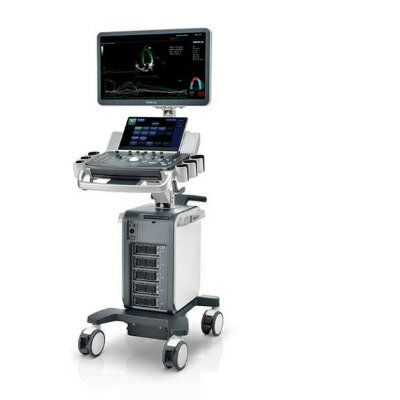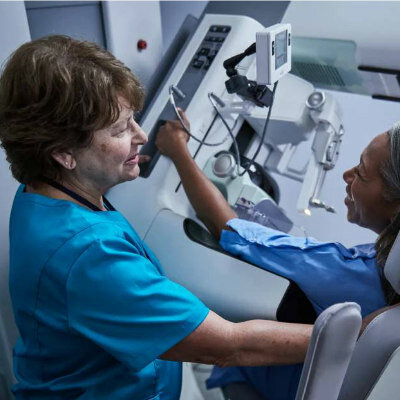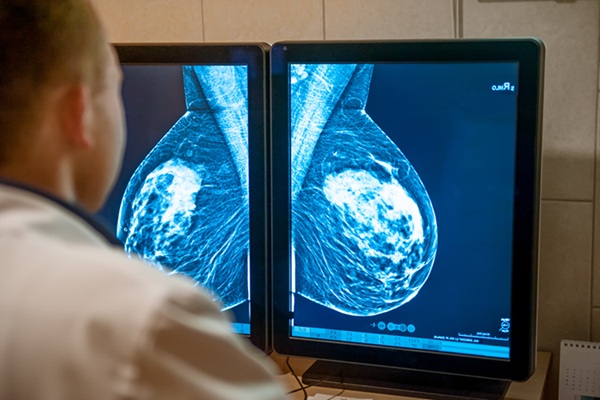Undesirable Aspects of Cancer Radiotherapy Outlined in Report
By MedImaging International staff writers
Posted on 28 Mar 2012
The number of cancer survivors in the United States has tripled since 1971; however, increases in survival have come at the expense of second malignancies and cardiovascular disease, according to a recent report by a US national scientific committee.Posted on 28 Mar 2012
The report was chaired by Lois B. Travis, MD, ScD, from the University of Rochester Medical Center (URMC; NY, USA). The Journal of the National Cancer Institute published a detailed summary online on March 13, 2012. The expert scientific committee, which was convened by the US National Council on Radiation Protection and Measurements (NCRP; Bethesda, MD, USA), deliberated intensely for five years as they considered some of the most important repercussions of radiation treatments and made several important conclusions and recommendations.
Their comprehensive, 425-page report will be made available in the spring of 2012. Before reports are approved and published by the NCRP, they undergo extensive peer review by an outside panel of experts, who provide substantial and key comments that are addressed by the scientific committee. The revised report is then reviewed by all members of the NCRP before final revision and publication.
“For many survivors the successes of treatment have been offset by the late effects of cancer and its therapy,” said Dr. Travis, a professor in the department of radiation oncology and director of the Rubin Center for Cancer Survivorship at the James P. Wilmot Cancer Center at URMC. “Although many complex factors influence the risk of second malignancies and other health issues after cancer treatment--including lifestyle choices such as diet, exercise, alcohol and tobacco use, as well as genetics, age, and immune system function--it is vital that we develop the best possible long-term risk estimates and prediction models, and that we establish research priorities and identify concrete ways to prevent serious additional health problems among cancer survivors.”
The committee’s focus was on the consequences of radiation therapy, which is a cornerstone of cancer treatment and used in approximately 50% of all cancer cases. (Chemotherapy is addressed to a lesser degree, when it is used in combination with radiation.)
Louis S. Constine, MD, professor and vice-chair of the URMC department of radiation oncology, was a member of the NCRP scientific committee and echoed Dr. Travis’ thoughts. He added that although radiation can be a life-saving therapy, it is critical that physicians and patients be alert to long-term side effects and plan appropriately for follow-up. As clinical director of the Wilmot Cancer Center’s survivorship division, he is working with others to develop a program that will provide patients with a comprehensive plan for their post-cancer care.
The NCRP’s key findings include (1) Newer radiotherapy-treatment methods and techniques result in a different distribution of the radiation to organs and tissue than older treatment regimens. However, the current models used to assess risk of second malignancies and cardiovascular diseases are frequently based on older treatment regimens. Newer risk-prediction models should be based on the dose absorbed by the organ and the type of radiation prescribed. (2) Once a patient develops a second primary cancer, few studies have explained survival after the diagnosis of the second malignancies. Establishing a research infrastructure that can be used by the many disciplines involved in the care of survivors is important. Specifically, follow-up studies of cancer survivors should evaluate populations treated with modern radiotherapy methods such as tomotherapy and the cyber knife, and at decreased field sizes and lower dosages. (3) More studies are needed to examine all aspects of the relationship between radiation dose and risk of second malignancies and heart disease, according to the researchers. Long-term, large-scale studies are required to track cancer survivors of all ages, but especially those who are adolescents and young adults, and characterize their risks as they age. Studies are needed to determine the molecular and genetic foundations of radiotherapy-associated late health effects, with a specific emphasis on patients who develop two or more primary cancers after radiation treatment. (4) The latest radiation techniques and lower doses results in a much smaller risk of cardiovascular difficulties for patients. However, a significant noncancer cause of death for some survivors is radiation-related heart disease, including pericardial disease, coronary artery disease, stroke, valvular dysfunction, and conduction abnormalities. Lastly, (5) more research is needed to predict the high complication rates in specific populations of cancer patients, according to the authors of the report.
Related Links:
University of Rochester Medical Center
US National Council on Radiation Protection and Measurements






 Guided Devices.jpg)







